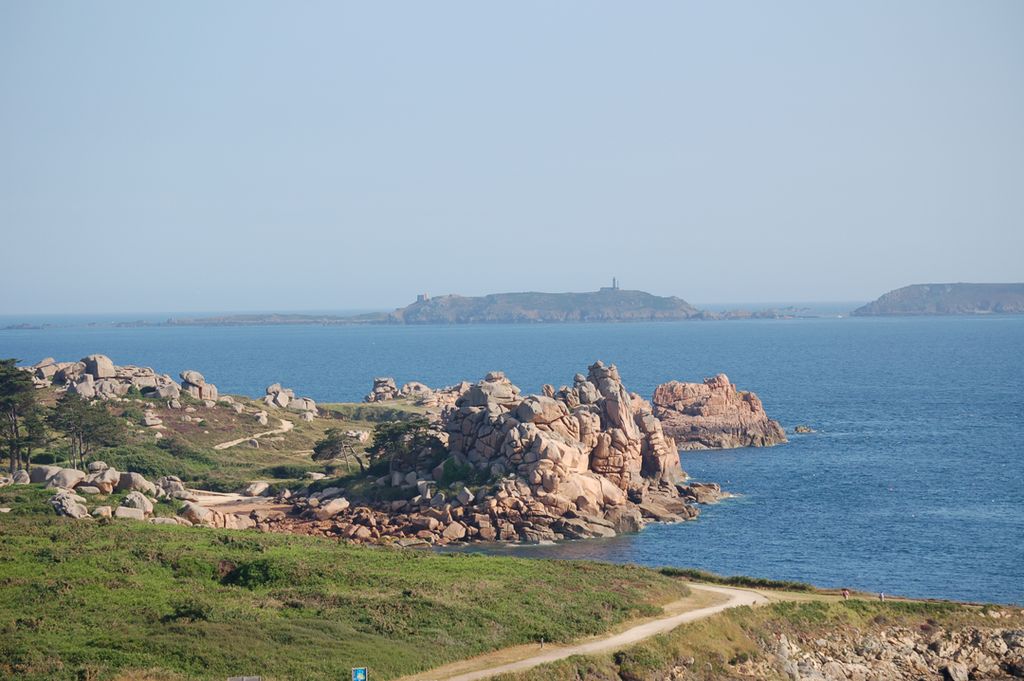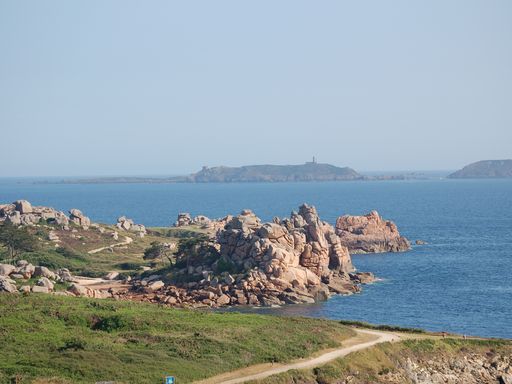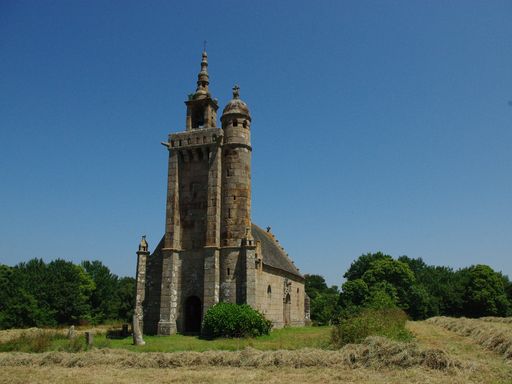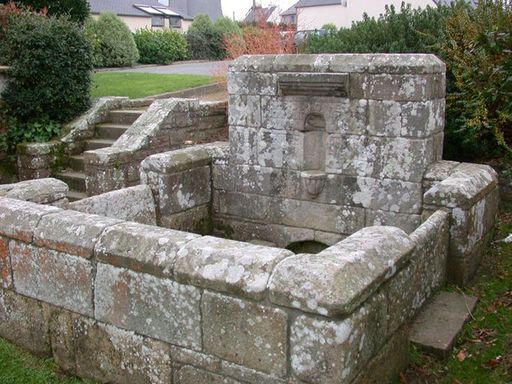
Turquet de Beauregard viewpoint
Perros-Guirec
About
If you visit this spot at low tide, you will be able to see two types of rocks juxtaposed. The gneiss of Trébeurden is the older rock as it goes back more than two billion years. It is recognisable by its dark colour and jagged shape which contrasts with the pink granite, which is more rounded and much newer. In the distance, you can make out the Sept-Îles archipelago which today is home to a nature and bird reserve.


Turquet de Beauregard viewpoint
Perros-Guirec
If you visit this spot at low tide, you will be able to see two types of rocks juxtaposed. The gneiss of Trébeurden is the older rock as it goes back more than two billion years. It is recognisable...  See
See


St Samson
Pleumeur-Bodou
Be sure to visit the rural hamlet of Saint-Samson, a quiet spot in the country with a chapel, a menhir and a fountain. The chapel, constructed between 1575 and 1631, is a superb example of the...  See
See


Bonne Nouvelle Chapel
Trébeurden
Here you will find a hamlet of traditional houses built from granite and a chapel dating from the fifteenth century, which is dedicated to Notre-Dame de Bonne Nouvelle (Our Lady of Good News), patron...  See
See


Guardhouse (Île Grande)
Pleumeur-Bodou
The guardhouse, TyGward in Breton, is an imposing block of granite which stands at the highest point of Île Grande. Right around the periphery of the island, grey and blue granite was mined for...  See
See



